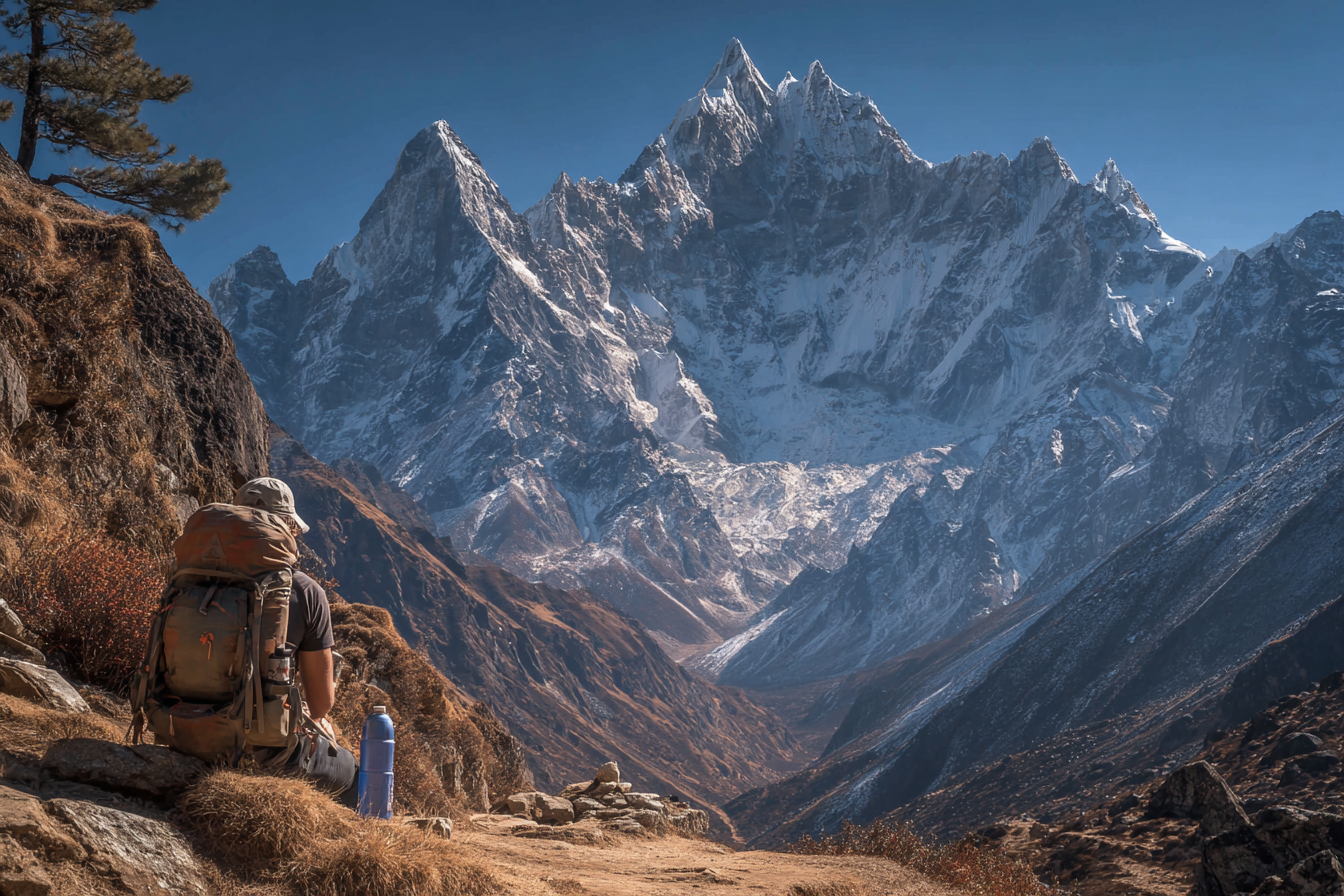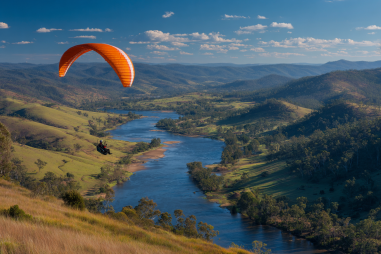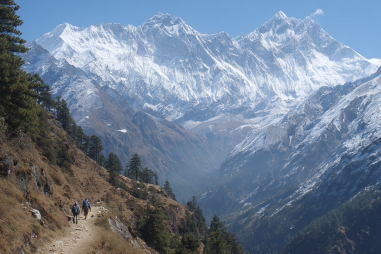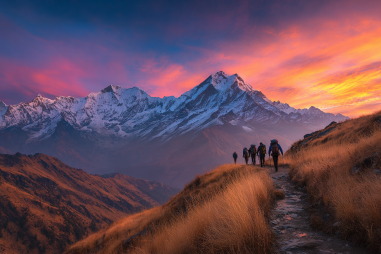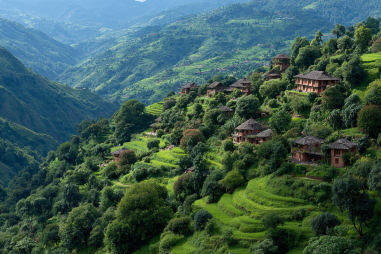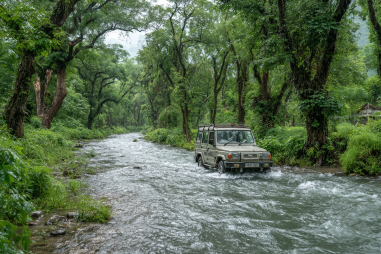Embarking on the Annapurna Base Camp (ABC) trek is an incredible adventure that offers breathtaking views and an unforgettable experience in the heart of the Himalayas. However, the trek reaches altitudes exceeding 4,100 meters (13,450 feet), where many trekkers face the risk of altitude sickness. Knowing how to prevent altitude sickness will greatly improve your chances of a safe and enjoyable journey to this iconic destination. In this article, we’ll explore what altitude sickness is, how it affects your body, effective prevention strategies, and when to seek medical help during your trek.
What is Altitude Sickness?
Altitude sickness, also known as acute mountain sickness (AMS), occurs when you ascend to high elevations too quickly and your body struggles to adjust to lower oxygen levels. At high altitudes, the air pressure decreases, which means less oxygen is available to breathe in every breath. This lack of oxygen can cause a variety of symptoms, ranging from mild discomfort to life-threatening conditions such as high-altitude pulmonary edema (HAPE) or high-altitude cerebral edema (HACE).
Altitude sickness isn’t a sign of weakness or poor fitness—anyone can be affected regardless of their health or trekking experience.
Symptoms to Watch For
Recognizing symptoms early is key to preventing altitude sickness from worsening. Common signs include:
- Headache
- Dizziness or lightheadedness
- Nausea or vomiting
- Fatigue and weakness
- Shortness of breath
- Difficulty sleeping
- Loss of appetite
If symptoms worsen or if you experience confusion, persistent vomiting, inability to walk straight, or a cough producing frothy sputum, these may be signs of HAPE or HACE. Immediate descent and medical attention are critical in such cases.
How Altitude Affects the Body
When you ascend to high altitude, the reduced atmospheric pressure lowers the amount of oxygen in the blood. Your body reacts by increasing your breathing rate and heart rate in an attempt to deliver more oxygen to tissues. Over time, the body produces more red blood cells to improve oxygen transport. However, this adaptation takes time, which is why rapid ascent can lead to symptoms of altitude sickness.
Other physiological changes include fluid shifts, which can cause swelling in the brain or lungs if severe, and changes in sleep patterns. Understanding these effects helps motivate trekkers to proceed cautiously and adopt effective prevention methods.
Acclimatization Strategies
Acclimatization is the process of allowing your body time to adjust to lower oxygen levels gradually. Here are some key strategies to help your body adapt properly during the Annapurna Base Camp trek:
- Ascend Slowly: Avoid climbing more than 300-500 meters (1,000-1,600 feet) in sleeping elevation per day above 3,000 meters (9,840 feet).
- Plan Rest Days: Incorporate rest or acclimatization days into your itinerary to let your body recover and adapt.
- Climb High, Sleep Low: Spend the day trekking at a higher altitude but come back down to sleep at a lower elevation.
- Avoid Alcohol and Smoking: Both can impair acclimatization and put additional strain on your body.
- Listen to Your Body: If you start to feel symptoms, avoid ascending further until you feel better.
Medication Options and Dosages
Certain medications can aid in the prevention and treatment of altitude sickness, although they should never replace proper acclimatization and care. Always consult a healthcare professional before starting any medication. Common options include:
- Acetazolamide (Diamox): This is the most commonly prescribed drug for preventing AMS. It works by speeding up acclimatization. The typical dosage is 125 mg taken twice a day, starting a day before ascent and continuing for a couple of days after reaching high altitude.
- Dexamethasone: A steroid used in severe cases of altitude sickness, particularly with cerebral symptoms. It should only be taken under medical supervision.
- Painkillers: Over-the-counter medication like ibuprofen or paracetamol can help relieve headache symptoms.
Remember, medication can help reduce symptoms but is not a substitute for gradual ascent and proper rest.
Importance of Hydration and Nutrition
Staying well hydrated and nourished plays a vital role in preventing altitude sickness. Dry mountain air, increased breathing rate, and exertion all increase fluid loss, making dehydration a common issue.
- Hydrate Regularly: Aim to drink at least 3-4 liters of water daily on the trek. Avoid excessive caffeine, which can dehydrate you further.
- Eat Balanced Meals: Focus on carbohydrates for energy and eat small, frequent meals to maintain stamina.
- Avoid Heavy or Fatty Foods: These can be harder to digest with altitude stress.
Proper hydration supports circulation and helps your body adjust more easily to altitude changes.
Recommended Pace and Rest Days
Maintaining a steady, comfortable pace is essential to minimize the risk of altitude sickness. Many trekkers make the mistake of rushing, which puts unnecessary strain on the body.
Consider the following:
- Keep daily trekking distances manageable, especially as elevations increase.
- Build in rest days at strategic locations like Manang or Chhomrong, where you can acclimatize without tiring your body.
- Practice “climb high, sleep low” to help improve acclimatization without overexertion.
Taking your time ensures you arrive at the base camp healthy and ready to enjoy the incredible scenery.
When to Seek Medical Help
If symptoms of altitude sickness do not improve with rest or become severe, immediate action is necessary:
- Stop ascending immediately.
- Descend to lower altitude (at least 500 meters or more if possible).
- Seek medical evaluation, especially if signs of HAPE or HACE appear (severe breathlessness, confusion, inability to walk, coughing up frothy sputum).
Many tea houses and lodges along the Annapurna trail are familiar with altitude sickness and can help coordinate evacuation if needed. Carrying a portable pulse oximeter to monitor oxygen saturation can also be useful, although not mandatory.
Personal Stories and Expert Advice
Many trekkers share that the best way to beat altitude sickness on the Annapurna Base Camp trek is to listen closely to their bodies and not underestimate the mountain environment. Experienced guides emphasize the importance of acclimatization, hydration, and pacing over simply pushing to reach the destination in minimum time.
One trekker recounted how ignoring mild headaches and fatigue led to a forced early descent, while another shared how taking an extra rest day at Manang made a huge difference in their overall trekking experience. These real-world accounts highlight that altitude sickness can be unpredictable but manageable with the right precautions.
Experts also recommend investing in proper trekking insurance that covers high-altitude evacuation and having basic first aid knowledge, including carrying a small altitude sickness kit with Diamox if prescribed.
Enjoying the Journey Safely
Preventing altitude sickness on the Annapurna Base Camp trek is all about respect for the mountain and your body’s limits. By understanding what altitude sickness is, recognizing symptoms, and following proven acclimatization techniques such as slow ascent, proper hydration, balanced nutrition, and taking rest days, you significantly reduce the risk of serious illness.
Remember, the stunning views and rewarding experiences of the Annapurna region are best enjoyed when you arrive healthy and strong. Preparation, vigilance, and patience are your best companions on this extraordinary Himalayan adventure.

